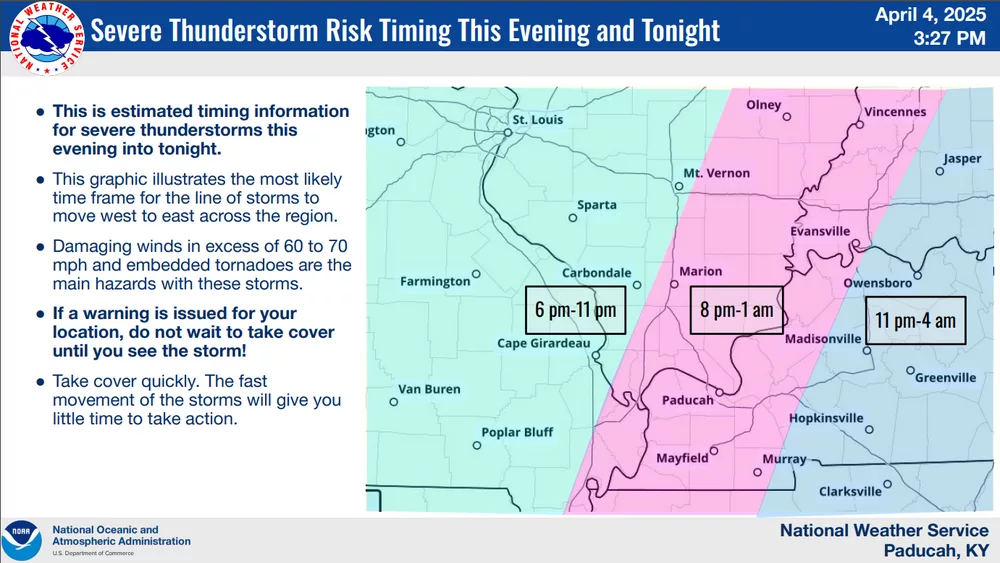What makes a leap year a leap year?
The typical calendar year is 365 days long, the number of days it takes the Earth to orbit around the sun. According to the Smithsonian Institute, it actually takes the Earth 365.24219 days, adding an additional five hours, 48 minutes, and 56 seconds. This extra time needs to be accounted for – if not, the seasons would begin to shift, eventually leading summer to begin in winter after years and years. By adding an extra day to February every four years, the calendars and seasons stay adjusted.
Why February? According to NPR News, people have been keeping track of the sun’s position in the sky to tell time for centuries. Over time, a centralized calendar system was needed. Hebrew, Chinese, and Buddhist calendars have long contained their versions of leap months, as did the Romans. As for the Romans’ leap day, data scientist Alexander Boxer says they just “shoved it into February” because they considered it an unlucky month.
In fact, across the globe, there are many different superstitions and traditions surrounding leap day. A French satirical newspaper, La Bougie de Sapeur, only prints its editions on Feb. 29, this year included. In an Irish legend, St. Patrick designated Feb. 29 as the one day women could propose to men. However, in Greece and Italy, it’s considered bad luck to get married on leap day.
Leap years occur every four years unless it falls on a century year that cannot be divided by four, according to CBS Minnesota. The next leap year will be in 2028.





